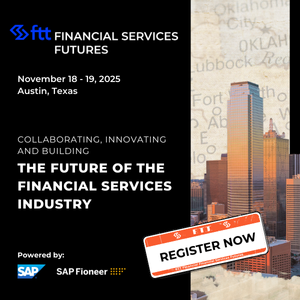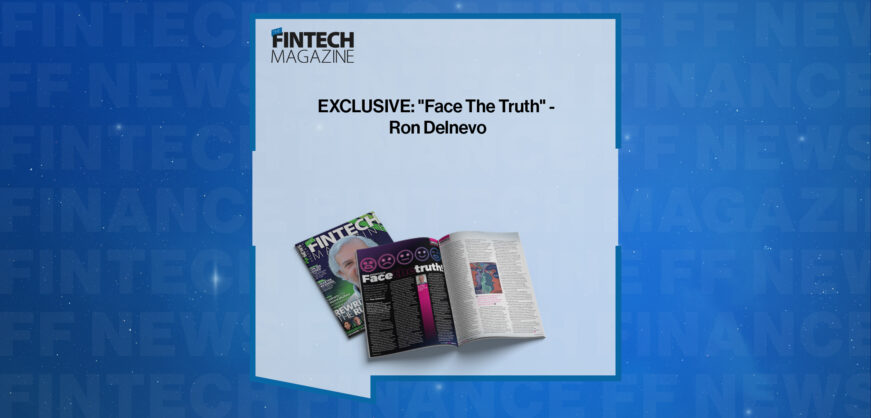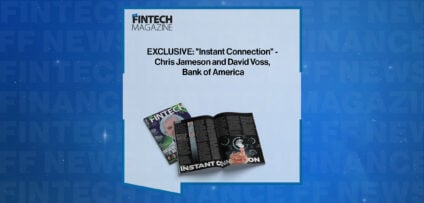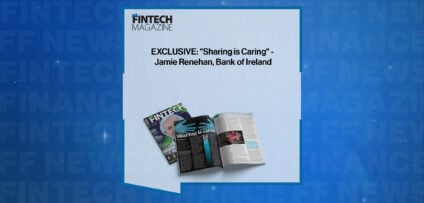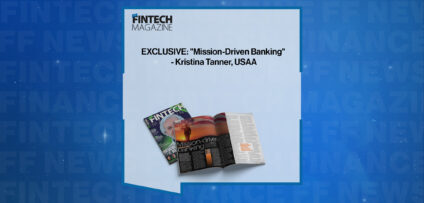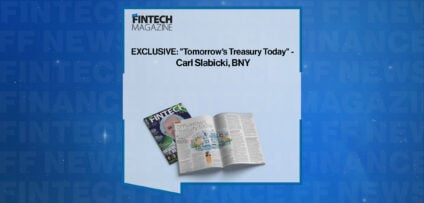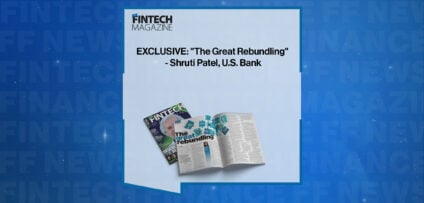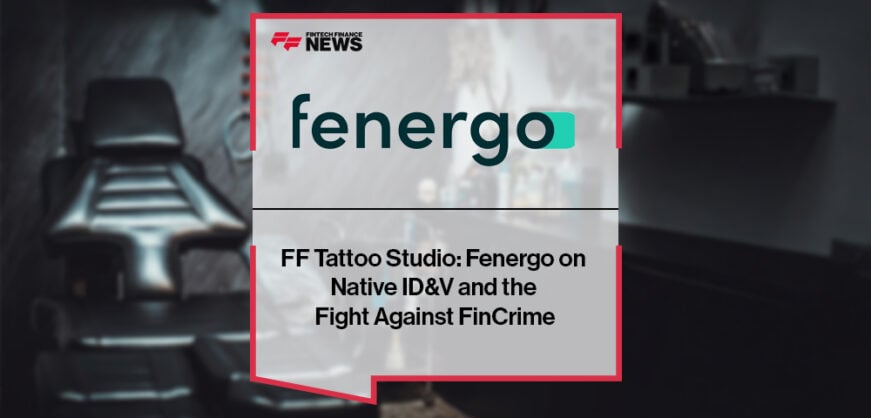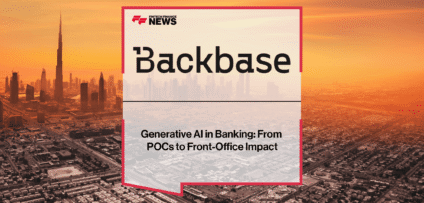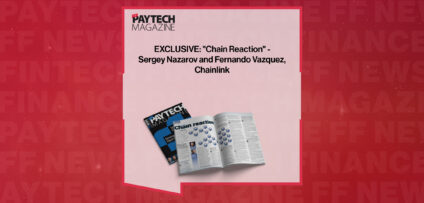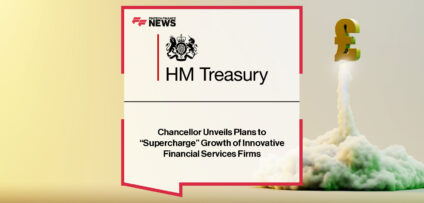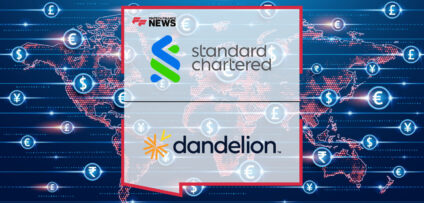Breaking News
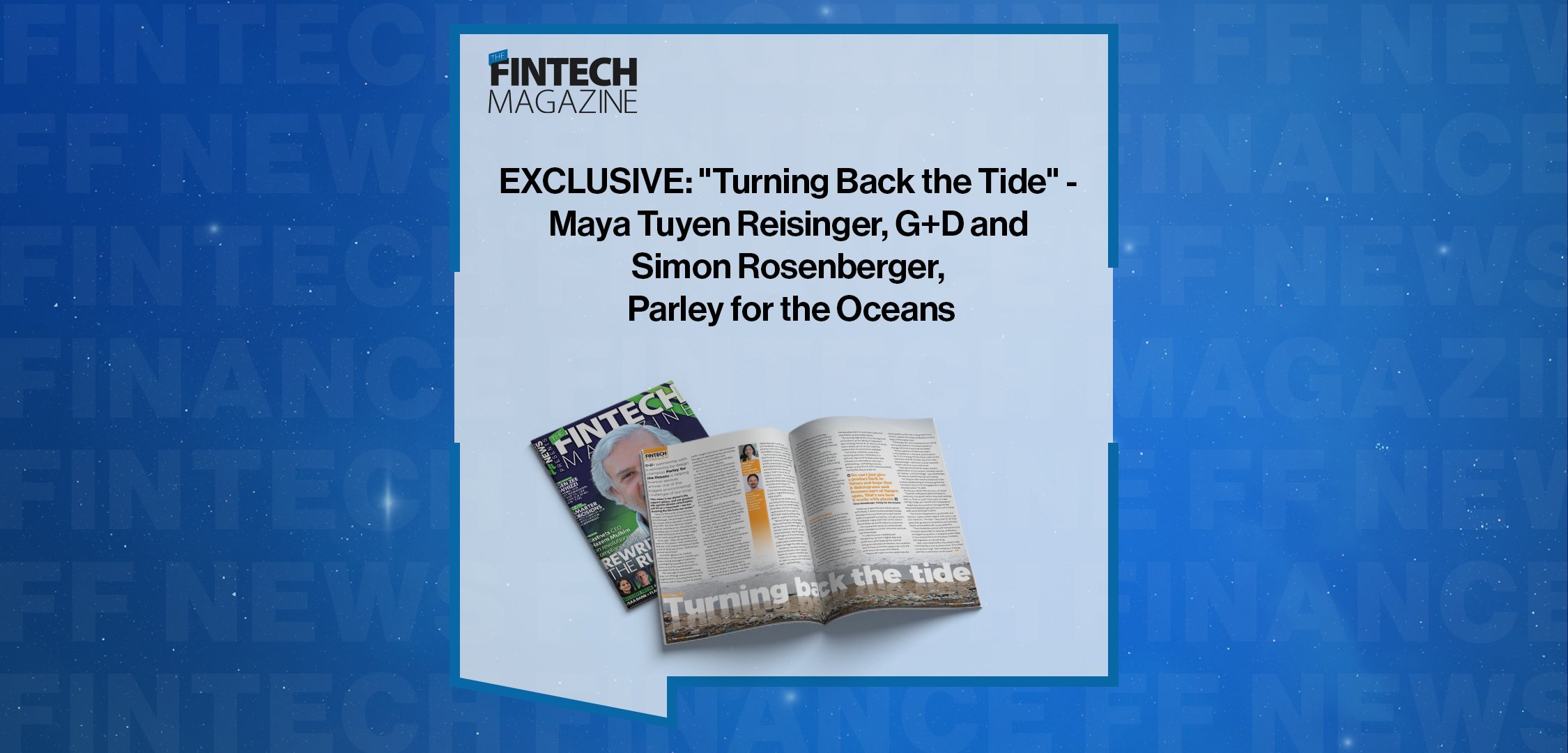
EXCLUSIVE: “Turning Back the Tide” – Maya Tuyen Reisinger, G+D and Simon Rosenberger, Parley for the Oceans in ‘The Fintech Magazine’
G+D’s partnership with sustainability-by-design champion Parley for the Oceans is helping financial services answer one of the biggest environmental challenges of our time
“The ocean is our planet’s life support system, and our greatest ally against climate catastrophe, yet it’s at a crossroads – we are draining the life from our ocean.”
Those are the words of broadcaster, biologist and nature historian Sir David Attenborough, introducing his landmark film Ocean, which opened in cinemas in May 2025. The man who has shaped how we understand our ‘blue planet’ for the better part of seven decades chose his 99th birthday to launch what might be his most compelling message yet.
As he says: “After living almost 100 years on this planet, I now understand that the most important place on Earth is not on land, but at sea… [but] we are almost out of time.”
A protest against our careless destruction of the ocean, the film also had a strong message of optimism, investigating inspirational stories from around the world that point to an opportunity for redemption. This message of hope is something that runs through many environmental organisations, including Parley for the Oceans, which takes action to protect Earth’s largest and most vital ecosystem through an approach led by community, creativity, eco-innovation and collaboration, including partnerships across the financial industry.
It’s not just the waste it contributes to. The 3.5 billion banking cards made every year produce a carbon footprint equal to 288,000 passengers flying from New York to Sydney. And the amount of plastic used to produce them annually is equivalent to the weight of 95 Boeing 747s. But once those cards reach their expiry date, the plastic can take 400 years to degrade. So, our flexible friends are a problem, but can they also be part of a solution?
The global security technology company, Giesecke+Devrient (G+D) is working with Parley for the Oceans to find one. It has lined up alongside major and influential brands, including adidas, American Express, Stella McCartney and Dior, who are helping to reduce the use of virgin plastic and repurpose the stuff we leave behind. In 2023, there were nearly 18 billion credit, debit and prepaid cards in circulation worldwide, and G+D believes the industry has to own that issue.
Back in 2021, it announced the production of the Convego Parley Ocean cards. Made from materials supplied by Parley, including plastic granules, balesand flakes that have been recycled from mismanaged waste that poses a threat to marine life and coastal communities, these cards can be customised to individual banks’ branding. The WLTH card in Australia is just one example.
WLTH, G+D and Parley worked together to create more than an eco-friendly card, but a campaign that put ocean conservation in the hands of the lendtech’s customers – quite literally. The first recycled ocean plastic card to be launched in Australia, the external overlays are made from recycled PETg and the remaining layers are upcycled plastic (primarily water bottles), recovered from areas where waste poses a threat to marine life and coastal communities. They’re collected, cleaned, processed, and manufactured into plastic sheets that G+D then uses as an alternative to virgin PVC.
This resonates with Australians: 75 per cent of all waste around the country’s magnificent coastline is made of plastic. The partnership between WLTH and Parley for the Oceans doesn’t stop there. For every loan settled by WLTH, the lendtech also helps clean up to 50 square metres of Aussie coast, the WLTH team regularly pulling on their gloves to support Parley’s efforts.
“We can’t just give a product back to Nature and hope that it disintegrates and becomes part of Nature again. That’s not how it works with plastic,” says Simon Rosenberger, Head of Payment Card Program at Parley for the Oceans “Plastic will just break down into smaller pieces, and the smaller the pieces, the bigger the problem becomes.”
He believes manufacturers need to think carefully about what’s going to happen to a product after its lifespan.
“That’s why it’s super, super important to create in a way that it can be recycled again,” says Rosenberger.
Parley is guided by the AIR Strategy – a plan to end the threat of plastic pollution, emissions, and other toxic substances. AIR stands for: Avoid plastic wherever possible, Intercept plastic waste, and Redesign methods, mindsets, and the material.
When it comes to its work with G+D Rosenberger says: “We started with the goal to create an eco-innovative card alternative that can be seen as a symbol of change to disrupt the market. And we are really creating this impact together.
“Adapting to a new material was a challenge for G+D, but with a clear vision rooted in purpose and impact, what began as a bold shift has become a remarkable success.” Maya Tuyen Reisinger, Product Management Director at G+D, says: “Consumers are looking for new ways towards a more sustainable lifestyle. That is why we empower banks with eco-innovative payment cards. When consumers place this card at the top of their wallet, it becomes their daily reminder of their own and their bank’s commitment to protect the planet.”
Sustainable credibility
G+D has come a long way in its eco-friendly journey. In July 2022, it pledged to replace all virgin plastic in its payment card products by 2030 to support consumers and banks in fulfilling their own sustainability aspirations. When it issued that announcement, G+D claimed to be the first in the payment industry to make such a commitment.
“Consumers today are making more conscious decisions than ever before and are increasingly aware of the impact their actions have on the environment,” says Reisinger. “Banks are therefore looking for payment solutions that enable them to address the need for convenience and reliability, but that also allow them to meet their customers’ expectations around sustainability.
“By reducing virgin plastic from our payment card products, we are taking an important step in helping them to do so. With G+D, banks have a reliable partner at their side that protects their environmental credibility.”
“We can’t just give a product back to Nature and hope that it disintegrates and becomes part of Nature again. That’s not how it works with plastic “
A lot of that credibility comes from reassuring consumers, Generation Z in particular, that much-lauded sustainable initiatives are not simply an exercise in greenwashing – portraying products, services, or practices as more environmentally friendly than they actually are. Parley says it goes the extra mile to ensure authenticity. It wants environmentally friendly messages to be more than just a sales tool for banks and payment companies, so it gives them an auditable supply chain that can be used to demonstrate real-world impact to customers.
It’s important for banks to communicate those messages to counter consumer cynicism, says Rosenberger.
“In order to ensure credibility and transparency, we have a digital data trail, which starts with weighing the material during our collections on beaches and coastlines and continues across the supply chain until the point where we recycle the material.
“Physical ID Tracers are also added into the plastic pellets, which are a unique set of nano ceramic markers that allow verification at every stage of the supply chain. Ultimately, the more material we can collect and recycle and turn into these symbols of change, the more impact we can create.”
Many customers clearly now expect sustainability as a standard, and initiatives like G+D’s Convego Parley Ocean cards are the expression of that mindset. But if Sir David Attenborough’s optimism is to be rewarded, there’s still a lot more work to do.
“Solving environmental issues requires collaboration across sectors, including science, art, fashion, and technology,” says Rosenberger. “It’s key for everything that we’re doing. “For fintechs who want to stand out in the market, collaborating on something that hasa purpose, that can drive engagement, makes absolute sense,” he adds.
It’s not just about new entrants, of course.
“Financial institutions often feel that it’s necessary to be green before they start working with us. That’s a myth. If you want to make lasting change, you have to start somewhere.” Bugat also has a positive message for the financial ecosystem going forward, but it comes with some forthright caveats.
“The future of payments is sustainable, but decision-makers need to lead it with action, not just intention,” she says. “They need to set bold goals that go beyond compliance and hold their teams accountable with measurable KPIs. “They should also partner with companies that innovate responsibly in materials, production, and digital ecosystems. Transparency also needs to be a priority because consumers, investors, and regulators are all watching.
“And, most importantly, they should make sustainability a core business value. This is their competitive edge, their compliance strategy, and their contribution to the planet.”
This article was published in The Fintech Magazine Issue #36, Page 38-39
People In This Post
Companies In This Post
- FF Tattoo Studio: Fenergo on Native ID&V and the Fight Against FinCrime Read more
- Generative AI in Banking: From POCs to Front-Office Impact Read more
- EXCLUSIVE: “Chain Reaction” – Sergey Nazarov and Fernando Vazquez, Chainlink in ‘The Paytech Magazine’ Read more
- FF Tattoo Studio: Datavillage on Privacy-First Data Collaboration and Faster Fraud Investigations Read more
- Chancellor Unveils Plans to “Supercharge” Growth of Innovative Financial Services Firms Read more





